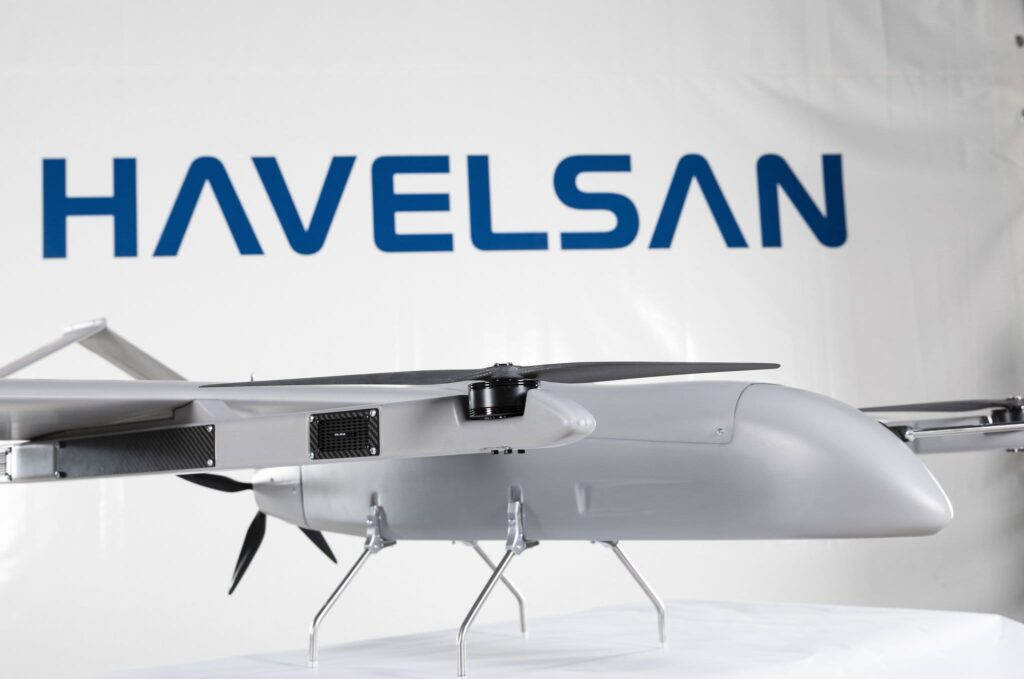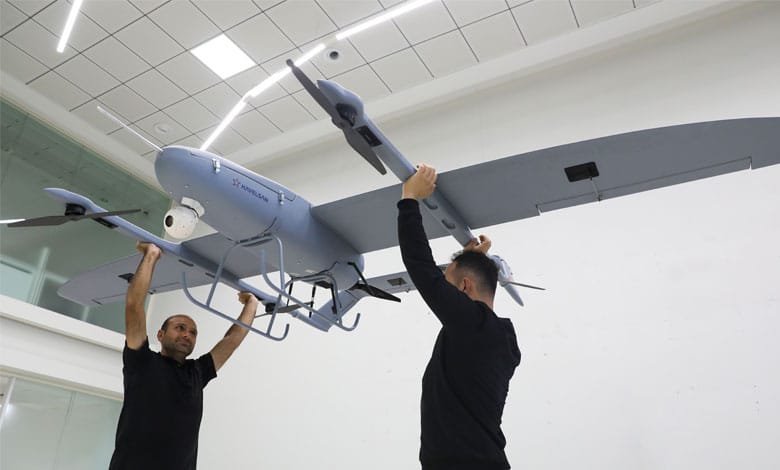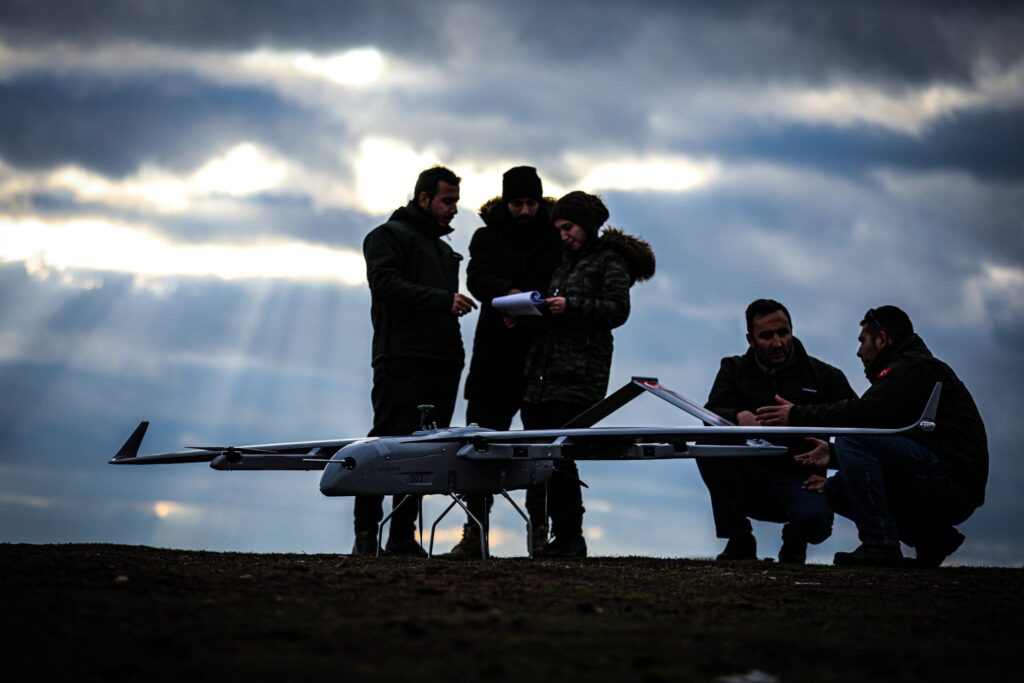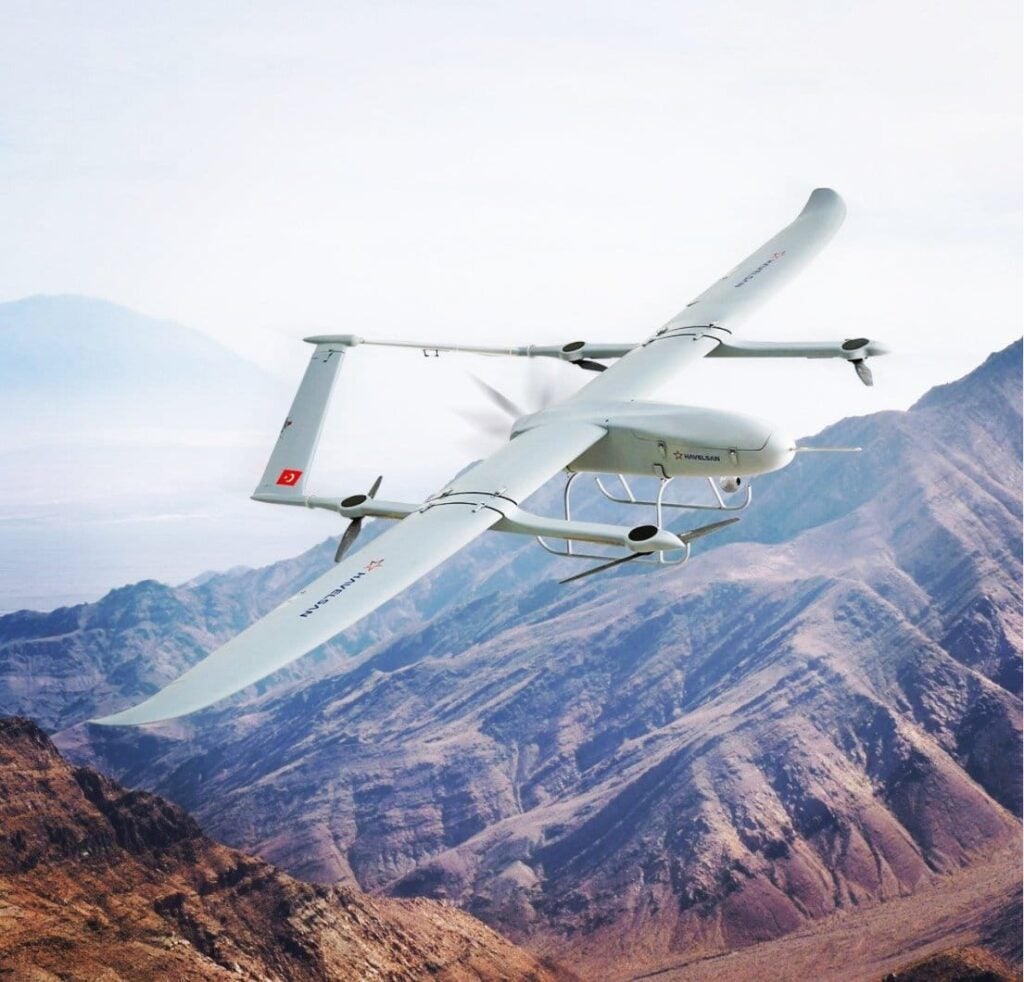HAVELSAN To Supply BAHA Unmanned Aerial Vehicles To An Unnamed African Country
Havelsan, which operates in the defense and informatics sectors in Turkey, revealed that the Sub-Cloud Unmanned Aerial Vehicle BAHA, which was developed as part of the “Digital Unit Concept” project, has been exported to an undisclosed African country. “BAHA opened its wings to Africa. After the first member of our Digital Unit Technology, the unmanned ground vehicle BARKAN, joined the Turkish Armed Forces’ inventory, the first export of the Sub-Cloud Unmanned Aerial Vehicle BAHA, the second member of the family, was also made to Africa. Our thanks go to our employees and stakeholders, Asisguard, Dönmezoğlu Bilişim, SIO Aerospace Industry, and TUALCOM, for their contributions to our development process,” the company said in a statement.
Speaking about the first BAHA export, HAVELSAN product development and production director Veysel Ataoğlu stated that they had participated in several fairs abroad and provided information about their products, adding, “There were countries that we had serious talks with, especially in the African region. Before the IDEF (International Defense Industry Fair), we invited these countries. We carried out various test activities in accordance with their requests. And today, we exported BAHA to an African country, and our vehicles will be delivered there soon.”

HAVELSAN did not reveal the name of the country to which BAHA will be exported, the contract’s cost, the number of unmanned aerial vehicles included, or the delivery schedule. The company most recently exhibited its Ground, Naval, and Aerial solutions for the African continent’s defense and security forces at the Africa Aerospace and Defense Exhibition, which was held in Pretoria, South Africa on September 21-25, 2022. According to the company’s statement at the time, many African countries, including Botswana, Namibia, Nigeria, Zambia, Malawi, Tanzania, and South Africa, expressed interest in the BAHA drone displayed at the fair. Based on this information, the country to which the system is exported could be one of the previously mentioned.

BAHA is a low-altitude, small, and cost-effective UAV designed to have a long service life. Developed by HAVELSAN to provide uninterrupted intelligence, surveillance, and reconnaissance (ISR) services day and night. The first field tests of the system, which was presented to the public for the first time in June 2021 at Turkey’s Anatolian Eagle 2021 Exercise, were successfully completed in the same year. In 2022, the company redesigned the BAHA unmanned aerial vehicle based on feedback from field tests. The latest BAHA unmanned aerial vehicle (UAV) differs from the first prototype in terms of design, size, weight, and payload capacity.

According to HAVELSAN, the latest version of the BAHA is a Low-altitude Autonomous Aircraft that meets the needs of modern armies with its vertical landing and take-off capability, fully autonomous mission capability, and modular architecture that allows the integration of various payloads. During horizontal travel, the system is powered by a gasoline engine, but during vertical take-off and landing, it is supported by electric motors. The system, which can perform missions at altitudes of up to 15,000 feet, has a range of up to 80 kilometers and can stay in the air for up to 6 hours with a gasoline engine (up to 2 hours with an electric motor). BAHA can also carry a useful load of up to 5kg. The 3.7-meter-wide wingspan system is designed to be easily deployed by two people and operated by one person, and it can reportedly be readied in minutes.
HAVELSAN intends for BAHA to be able to perform tasks in autonomous teams (swarms) with joint mission intelligence, as well as collaborate with other unmanned aerial, ground, and naval vehicles developed by HAVELSAN, as part of the “digital unit” concept. The concept’s other goal is to control multiple unmanned vehicles with a single console and operator. The capabilities of autonomous UAVs and UGVs, which can operate in swarms and teams, communicate with one another, and perform joint activities, have begun to be tested in the field. In the near future, unmanned surface vehicles will also participate in these trials.

